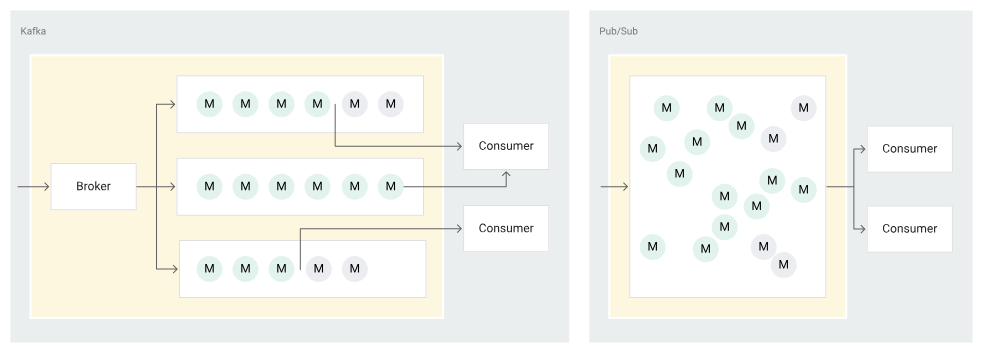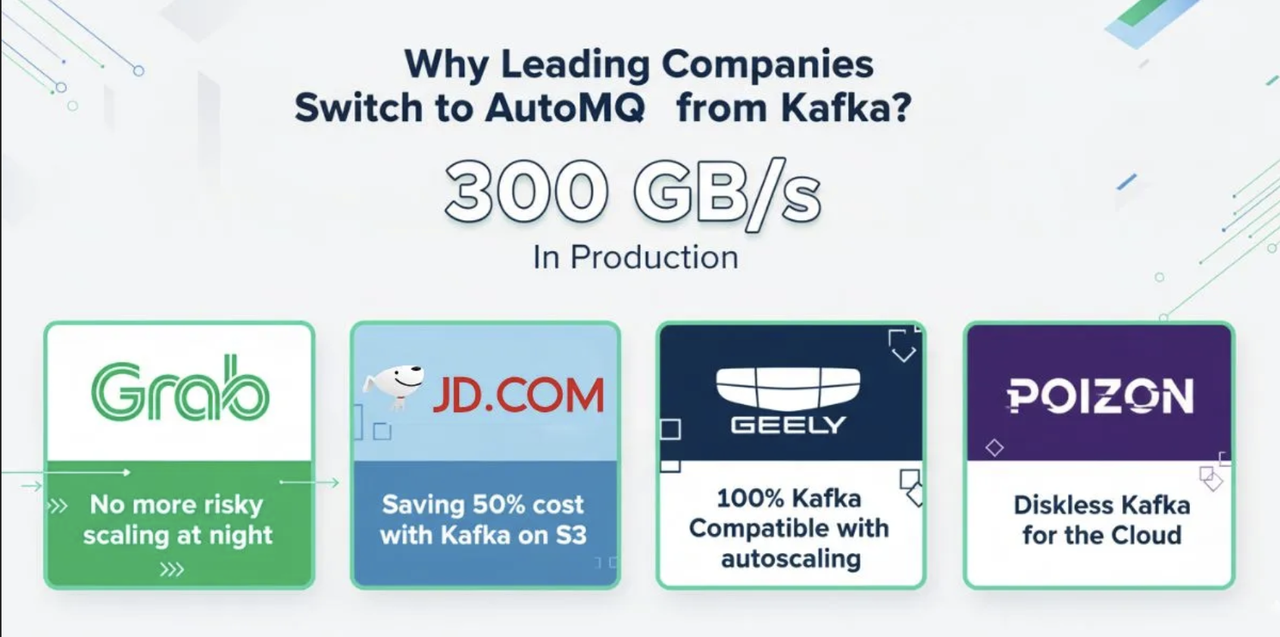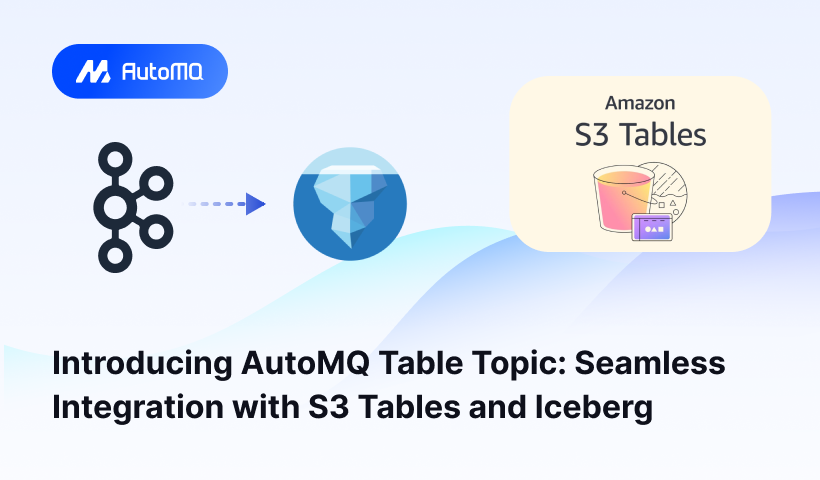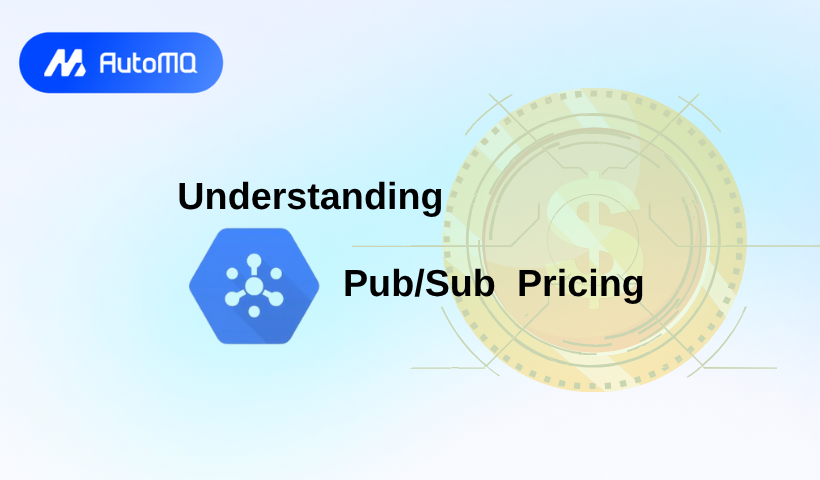Pub/Sub systems power everything from fraud detection to ride-matching and event-driven microservices. They move billions of messages every second. But there's a silent cost problem: the more your system scales, the more unpredictable your bill becomes.
Most teams only notice the issue when budgets spike, usually traced back to throughput surges, retention settings, or data replication across zones. Cloud-based Pub/Sub services make it easy to start small, but every message, byte stored, and network transfer adds up. The simplicity of "pay as you go" quickly turns into "pay more than expected."

Understanding Pub/Sub pricing isn't just a budgeting exercise; it's how you keep control over your architecture. Knowing which factors inflate costs helps you decide whether to optimize your setup or switch platforms entirely. In this article, we'll break down the proper cost drivers behind Pub/Sub systems, explain why traditional pricing scales poorly, and show how newer, Kafka-compatible solutions like AutoMQ help companies cut that bill, sometimes by as much as 80–90%.
Key Takeaways
Pub/Sub costs scale unpredictably because of message volume, replication, retention, and cross-zone traffic, not just usage.
Over-provisioning and storage inefficiency are the biggest hidden cost traps.
Most managed Pub/Sub systems charge for idle capacity and data redundancy you don’t need.
AutoMQ solves this by separating compute and storage, removing replication overhead, and scaling elastically in seconds.
What Factors Drive Pub/Sub Pricing
Pub/Sub pricing isn't random; it's the sum of several small cost components that multiply fast at scale. Once you know where those costs come from, you can predict and control them.
Message Throughput
Most cloud providers charge per volume of data published and delivered. Every byte counts. A service processing millions of small events per second racks up cost from message ingestion alone, even before storage or delivery. Message size and frequency are the biggest multipliers.
Storage and Retention
Pub/Sub systems charge for how long messages are retained. Extending retention from hours to days can multiply storage costs several times over. Keeping "just in case" data is one of the most common cost leaks, mainly when the storage layer uses expensive SSDs instead of cheaper object storage.
Data Replication and Durability
High availability has a price. Each message replicated across availability zones or regions creates multiple storage copies and extra network traffic. On platforms like Google Pub/Sub, cross-region replication can silently double or triple the bill.
Data Transfer and Egress
Moving data between regions or zones adds another charge. Internal traffic inside the same cloud region is usually cheap; cross-region traffic isn't. This is one of the least visible yet most expensive parts of a Pub/Sub bill.
Idle or Over-provisioned Capacity
In self-managed or hybrid Pub/Sub systems, teams often over-provision clusters to handle peak loads. The rest of the time, that capacity sits idle and still costs money.
Optional Add-ons
Features like message filtering, schema registry, or connectors can each add incremental fees that pile up in large-scale workloads.
Understanding these levers turns cost management from guesswork into strategy and sets the stage for reducing them intelligently.
Typical Pricing Models of Pub/Sub Services
Every Pub/Sub platform looks affordable at first, until you realize how the pricing model actually scales. Most providers follow a similar structure built on three pillars: data volume, storage time, and delivery traffic.
Usage-based Pricing
You pay for the volume of data published and delivered. For example, Google Cloud Pub/Sub bills per MiB of message data. If your system publishes a million 1 KB messages, you're charged as though you sent a gigabyte, because billing rounds each message up to the minimum unit. Multiply that by subscribers, and delivery traffic doubles the cost. The same logic applies to AWS SNS and Azure Event Hubs.
Storage and Retention Charges
Messages retained in a topic incur per-GB-per-month storage fees. Pub/Sub "Lite" tiers may look cheaper, but only if your retention window is small and you can tolerate message loss or lower throughput. Long retention periods or replay-heavy use cases make storage one of the steepest cost drivers.
Network and Egress Costs
Data leaving a region, or crossing zones, adds egress charges. These are rarely highlighted in pricing tables but often dominate total cost for high-throughput, multi-region setups.
Tiered or Committed Pricing
Some providers offer lower unit prices if you commit to a fixed throughput. It works only when traffic patterns are predictable. Most teams, however, overestimate peaks, locking themselves into oversized plans that waste budget.
"Free" Features that Scale Costs Silently
Auto-scaling, dead-letter topics, or additional subscriptions can each increase usage fees behind the scenes.
Pub/Sub pricing rewards predictability and punishes spikes. The more dynamic your traffic, the less predictable and more expensive your bill becomes.
Common Cost Pitfalls
Most Pub/Sub setups don't fail because of traffic overload; they fail because of poor cost visibility. The same architecture that runs flawlessly in staging can quietly burn thousands of dollars in production. Here's where teams usually lose control.
Over-provisioning for Peak Load
To avoid message lag during spikes, many teams size clusters for the worst-case scenario. That means 80% of the time, most nodes are idle but still costing money. Elastic scaling sounds like a solution, but traditional Pub/Sub architectures can't scale down fast enough to save costs.
Replication and Cross-zone Data Movement
Replicating every message three times across zones ensures reliability and multiplies cost. In cloud environments, cross-AZ traffic isn't free. In some cases, it can account for more than half of the total infrastructure bill.
Long Retention Defaults
Leaving default retention at seven days or more means paying for terabytes of messages no one reads again. It's an easy miss and one of the most significant recurring cost leaks.
Storage Inefficiency
Many teams use SSD-based brokers or disk-coupled clusters. SSDs are fast but expensive, and when coupled with replication, each GB of actual data can cost 3–5× more in effective storage cost.
"Background" Features That Add Up.
Dead-letter queues, schema registry, and durable subscriptions each run quietly until the invoice shows a multi-line surprise.
Most of these issues share one root cause: static architecture on dynamic workloads. Solving that means rethinking how storage and compute scale, and that's where AutoMQ enters the picture.
How AutoMQ Helps Optimise Pub/Sub Pricing
Most companies don't overspend on Pub/Sub because they're careless; they overspend because traditional systems make cost control impossible. The architecture itself creates waste: disks tied to compute, mandatory replication, and scaling that takes hours instead of seconds. AutoMQ fixes that by rethinking the foundation while staying fully compatible with Apache Kafka .
Storage Costs
AutoMQ replaces local broker disks with object storage such as Amazon S3, EBS, or equivalent services. Object storage is cheaper, elastic, and paid only for what's used. Zhihu, China's "Quora," reduced its Kafka cluster cost by 80% after adopting AutoMQ. Instead of maintaining dedicated storage pools, AutoMQ used shared cloud storage to eliminate data migration and idle resource waste—the impact: a lighter, pay-as-you-use storage model that scales up or down automatically.
No Replication Tax or Cross-zone Traffic Fees
In cloud Pub/Sub systems, replication across zones is one of the biggest hidden expenses, sometimes 70–80% of the total cost. AutoMQ avoids this entirely. Its shared-storage architecture removes the need for data copies between zones. Data durability is handled by the cloud storage layer, not extra broker replicas. That means zero cross-AZ traffic charges and dramatically lower network bills.
Elasticity Without Waste
AutoMQ separates compute from storage , turning brokers into stateless components. Scaling happens in seconds, not hours. You add or remove brokers based on live traffic without rebalancing data or impacting throughput. This elasticity eliminates the need for over-provisioning, no more paying for capacity "just in case."
Operational Simplicity and Lower Maintenance
Kafka's most considerable hidden cost is human: DevOps teams spend hours balancing partitions and handling scale-out events. AutoMQ automates that with self-balancing clusters and stateless scaling , freeing teams from manual maintenance.
Zero Vendor Lock-in
AutoMQ is 100% Kafka API compatible , so teams don't rewrite code, connectors, or pipelines. You keep your existing ecosystem, just with lower cost and better elasticity.
AutoMQ delivers what Pub/Sub pricing models fail to do: predictability. You pay for what you use, scale only when needed, and remove the replication and storage penalties that make traditional setups expensive.
What to Consider When Choosing or Switching to a Lower-Cost Pub/Sub
Cutting your messaging costs isn't just about finding a cheaper service. It's about choosing an architecture that scales efficiently and predictably. Before making a switch, start by auditing where your money actually goes. Break down your current bill into message volume, storage, replication, and network transfer. Most teams discover that one of these categories, usually storage or cross-zone traffic, dominates their total cost.
Next, look at how your workloads behave. If your message flow fluctuates, a fixed-capacity system will always waste resources. Elastic and stateless designs, like AutoMQ's, scale up and down in seconds, ensuring you only pay for what you use. Migration effort also matters. A true Kafka-compatible platform removes the need to rewrite code or reconfigure pipelines, keeping risk low.
When comparing pricing, don't get distracted by headline rates. Add up replication, retention, and egress fees to understand your real Total Cost of Ownership. And if data privacy is critical, make sure the platform supports Bring Your Own Cloud (BYOC) deployment, so your data stays in your own VPC.
In the end, the most cost-efficient teams don't chase discounts; they design more intelligent systems that eliminate waste by default.
Conclusion
Pub/Sub systems are the backbone of modern, event-driven infrastructure, but they come with a hidden tax. The more data you move, store, and replicate, the steeper the bill climbs. Traditional pricing models reward predictability and punish growth, leaving most teams paying for idle capacity and redundant storage.
The solution isn't another discount tier; it's a more innovative architecture. AutoMQ shows that message streaming doesn't have to be expensive. By separating storage and compute, removing replication overhead, and keeping full Kafka compatibility, it delivers the same functionality at a fraction of the cost.
If your Pub/Sub or Kafka bill has become unpredictable, it's time to rethink, not just renegotiate. Audit your usage, identify waste, and explore cloud-native, cost-optimized alternatives. Because in data streaming, efficiency is the real competitive advantage.
Interested in our diskless Kafka solution, AutoMQ? See how leading companies leverage AutoMQ in their production environments by reading our case studies. The source code is also available on GitHub.
Grab: Driving Efficiency with AutoMQ in DataStreaming Platform
Palmpay Uses AutoMQ to Replace Kafka, Optimizing Costs by 50%+
How Asia's Quora Zhihu uses AutoMQ to reduce Kafka cost and maintenance complexity
XPENG Motors Reduces Costs by 50%+ by Replacing Kafka with AutoMQ
Asia's GOAT, Poizon uses AutoMQ Kafka to build observability platform for massive data(30 GB/s)
AutoMQ Helps CaoCao Mobility Address Kafka Scalability During Holidays
JD.comx AutoMQ x CubeFS: A Cost-Effective Journey at Trillion-Scale Kafka Messaging
















.png)






